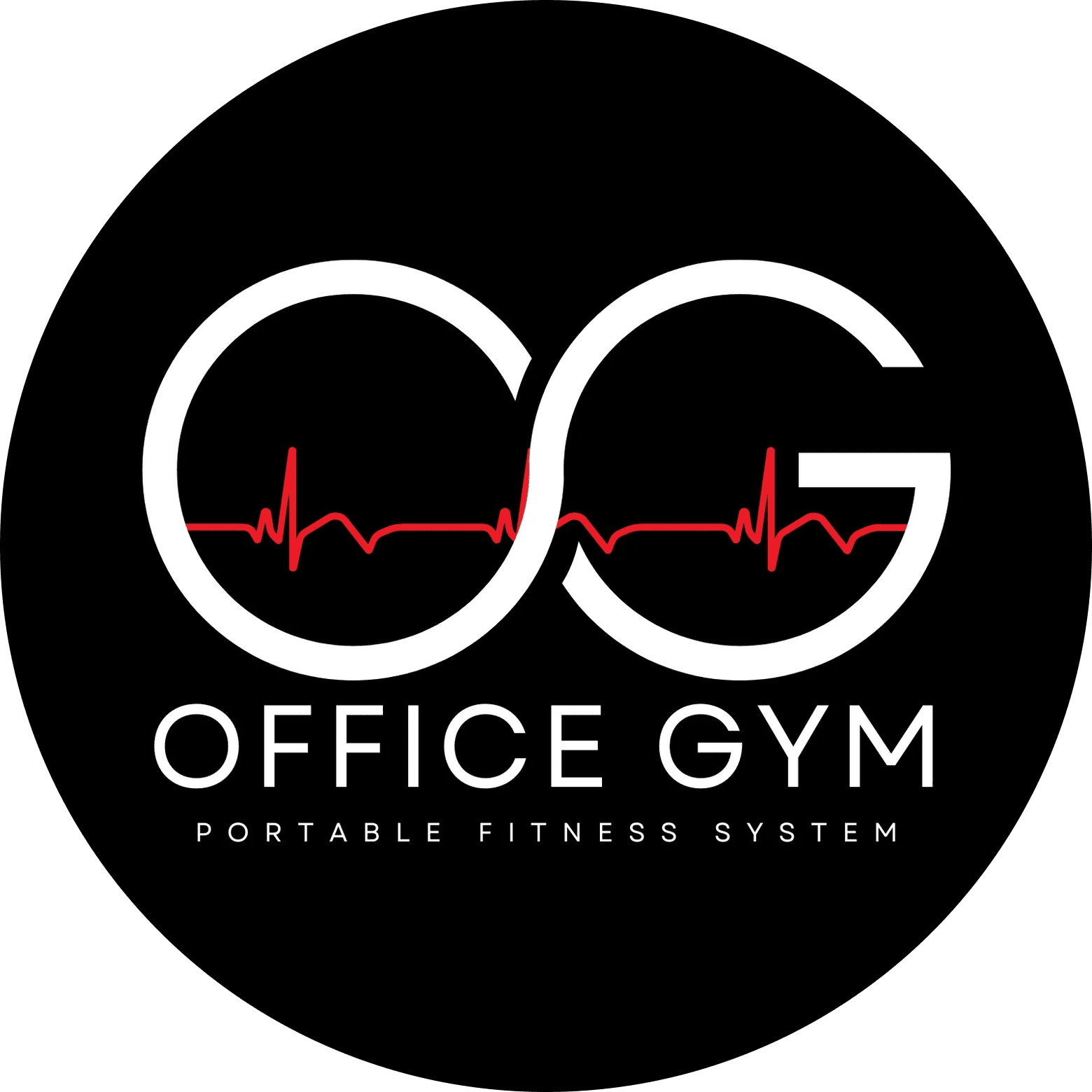Don’t Let Blood Pool at Your Desk: Why Venous Return Matters

When we think about workplace health, we often focus on posture, eye strain, and stress. But there’s another critical system that’s affected by hours at a desk—and it’s hiding in plain sight, in your legs. We're talking about venous return—the process that keeps blood moving from your lower limbs back to your heart.
If your workday includes long periods of sitting (and for most of us, it does), then understanding venous return isn’t just biology—it’s a necessity. In this blog, we’re breaking down what venous return is, the surprising role of a small-but-mighty muscle called the soleus, what happens when this process slows down, and what you can do about it.
What Is Venous Return?
Venous return is the upward flow of blood from your body—especially your legs—back to your heart. Unlike arteries, which have the power of your heartbeat to push blood outward, veins rely on a combination of valves, muscle contractions, and movement to keep blood flowing against gravity.
When you're moving, especially walking or standing up and down throughout the day, your muscles help pump blood back toward the heart. But when you’re sitting for hours, blood tends to pool in the lower extremities, especially the calves and ankles. That’s where problems can start.
Meet the “Second Heart”: The Soleus Muscle
Tucked deep in the lower leg, just under your calf muscle, lives a hero in your circulatory system: the soleus muscle. Known as the “second heart,” this muscle contracts subtly whenever you flex your ankles or shift your legs. That contraction helps squeeze blood through your veins and push it upward.
The soleus doesn’t get much attention in a gym setting, but for office workers, it's mission critical. If you're sitting still for long stretches, the soleus stays inactive. That means your venous return slows down—or worse, stagnates.
What Happens When Venous Return Slows Down?
When blood doesn’t circulate properly from the legs back to the heart, you might notice:
- Swelling in your feet and ankles
- A heavy, tired feeling in the legs
- Visible varicose or spider veins
- Increased risk of blood clots
- Slower oxygen and nutrient delivery throughout the body
- Greater strain on your cardiovascular system
These aren’t just temporary discomforts—they’re signs your body is struggling with circulation. And if left unchecked, they can contribute to chronic venous insufficiency, deep vein thrombosis (DVT), and other serious health issues.
How to Improve Venous Return—Without Leaving Your Desk
The good news: you don’t have to overhaul your life to support your venous return. Small, intentional movements throughout the day can activate the soleus and other lower-leg muscles enough to make a big difference.
Here’s how:
1. Soleus Pumps (a.k.a. Heel Raises)
Lift your heels off the ground while keeping your toes planted. Then slowly lower. Repeat 10-15 times per hour. This movement directly activates your soleus and mimics the natural pumping mechanism of walking.
2. Toe Taps
Alternate tapping your toes on the ground while your heels stay down. This engages both the front and back of the lower leg to stimulate blood flow.
3. Seated Resistance Training
Use a portable resistance system like The Office Gym to do gentle, controlled leg presses, leg extensions or calf extensions while seated. Resistance activates muscle contraction, which helps push blood back up through the veins. The Daily Five exercise routine incorporates five movements that, when done four times a day, help supercharge your circulatory system.
4. Foot Circles
Lift your feet slightly off the floor and slowly rotate them clockwise and counterclockwise. This mobilizes your ankle joint and gets the blood flowing in the lower legs.
5. Mini Standing Breaks
Even 1–2 minutes every hour of light walking or standing can activate the larger muscle groups and give your circulatory system a boost.
Why It Matters More Than Ever
In our modern, desk-bound lives, sitting disease isn’t just a buzzword—it’s a reality. Prolonged sitting slows metabolism, increases inflammation, and negatively impacts everything from heart health to mental clarity. Poor venous return is a key part of that equation.
You don’t need to become a marathon runner to protect your health—you just need to move more consistently throughout the day. The more often you get your legs moving, the more effectively your soleus muscle can act as your body’s built-in circulatory assistant.
The Bottom Line
Venous return might not make headlines, but it should be on every desk worker’s radar. With just a few small changes to your daily routine—heel raises, toe taps, and simple resistance exercises—you can fight back against blood pooling and boost your long-term health.
The Office Gym was designed exactly for this kind of everyday movement. It’s easy, portable, and effective for supporting circulation without disrupting your workflow. Whether you’re typing emails or taking a Zoom call, you can activate your “second heart” and keep your body running smoothly.
Reach Out
Get in Touch – Let’s Transform Your Workday!
Have questions or ready to upgrade your office fitness? Fill out the form below, and we’ll help you take the first step toward a healthier, more productive you!
